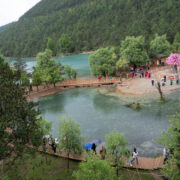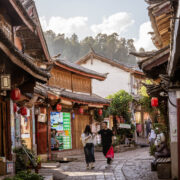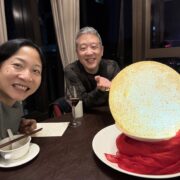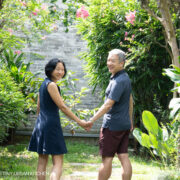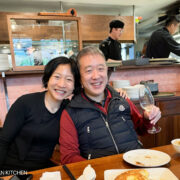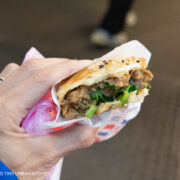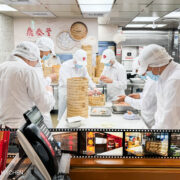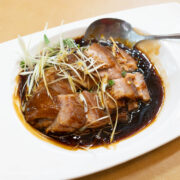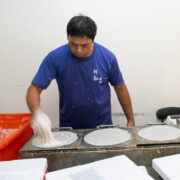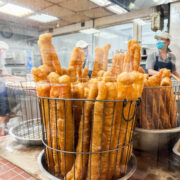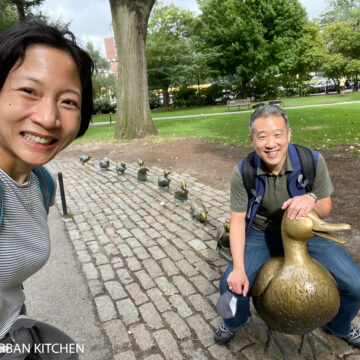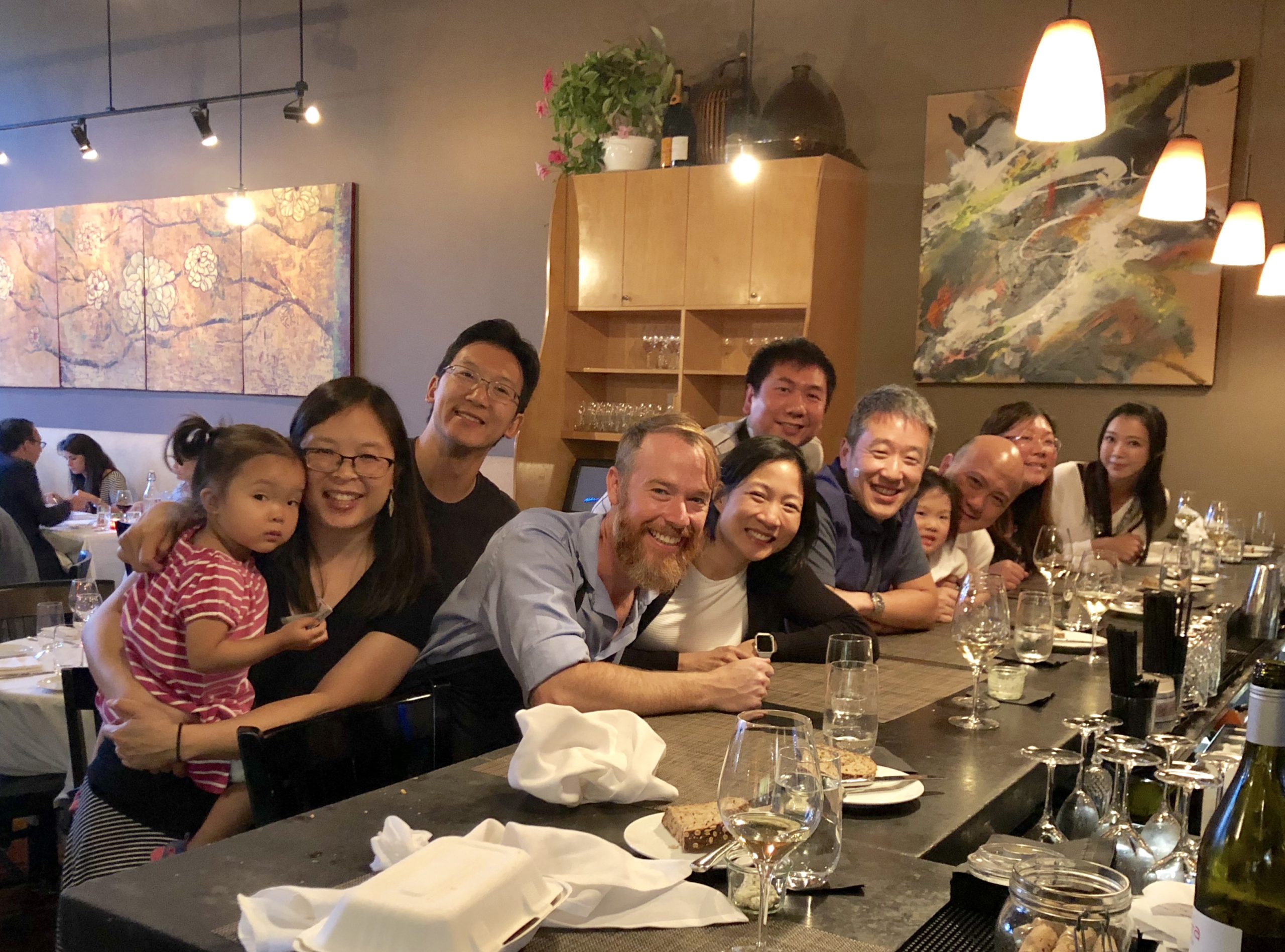
Growing up, my exposure to international cuisines was limited, to say the least.
Perhaps it's because I was raised by immigrants, and thus mostly ate Taiwanese food at home. Or, maybe it's because, when our family did eat out, we almost invariably ate mediocre "Chinese" food, pizza, or your typical Midwestern suburban buffet.
I still remember trying my first falafel (from a food truck, no less!) when I arrived in Boston for school. What delicious exotic flavors! Hummus? What a neat concept! I can still picture my first meal at a Korean restaurant (also around college time). I marveled at all those little freebie appetizers that kept appearing on the table, plate after plate after plate. What treasures! Why don't other cuisines do this?
Over a decade later, the journey still continues.
Imagine my excitement the other day when I found out that Boston opened its first authentic Senegalese restaurant. The food of Senegal is really really interesting. Because of its unique history, Senegalese cuisine incorporates aspects of French, Asian, Arabic, and African cuisine.
Can you even imagine how one lumps all those cuisines together?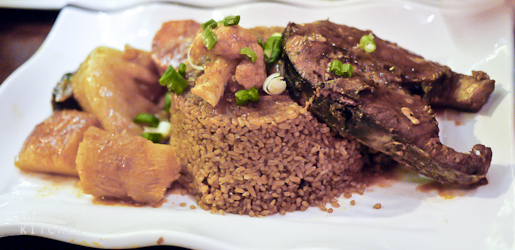
Thiébou Djeun (National Dish) -15
Herb-stuffed white fish cooked in tomato stew with broken jasmine rice served with cassava, cabbage, carrots, cauliflower, eggplant, and pumpkin
We were so surprised when we got our appetizers and saw things that looked like spring rolls ("nems" pictured at top). Not only did they look like spring rolls, they were filled with rice vermicelli, beef, chicken, carrots, scallions, and dried mushrooms! That sounds almost downright Asian!
Oh . . and you dipped them in Nuoc Mâm! Yes, the Vietnamese sauce!
Why Vietnamese?
As former French colonies, Vietnam and Senegal actually have several links throughout their history. Senegalese men served in Vietnam as soldiers from France, many of whom married local Vietnamese women. In the 1990's, several groups of Vietnamese people sponsored by the United Nations' Food and Agricultural Program went to Senegal to teach the Senegalese various agricultural practices (such as beekeeping) and food ideas (such as how to make Nuoc Mâm).
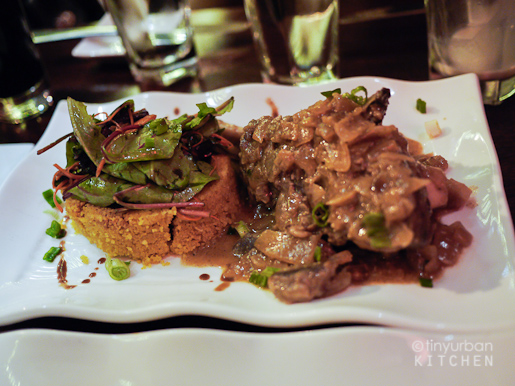
Michoui 17
Marinated roasted lamb shank served with a caramelized onion sauce and Moroccan couscous
We really enjoyed all of the appetizers. In fact, they turned out to be our favorite part of the meal. I loved the Croquettes de Poisson (pan fried fish cakes), which were served with this absolutely addictive cilantro garlic sauce. The Accara (black eye pea fried cake) was also really really good.
We tried two really unique sounding drinks. The Bissap juice is sorrell juice (petals of a flower) mixed with pineapple juice. The Bouye juice was made from baobab tree fruit mixed with cream. Both are flavored with orange flower water and vanilla sugar. Though a bit too sweet for my tastes, I think the juices are still really unusual and definitely interesting to try.
Mafé 14
Lamb stew with carrots, sweet potatoes, white potatoes, and cabbage in a ground nut sauce and served with jasmine rice
The main entrées were delicious as well. The Michoui lamb shank was fall-off-the-bone tender and worked really well with the caramelized onion sauce. Likewise, we really liked the ground nut sauce in the Mafe (lamb stew).
The only dish we did not like was the national dish, Thiébou Djeun. The waitress had cautioned us that the fish is cooked "really really well" - something not everyone likes. I guess that should have been a warning. The fish definitely was waaay overcooked, although I have a feeling this is the authentic way to prepare this dish. The fish was very tough and dry, and not really fun to eat at all. I would skip this if you like any moisture in your fish. Despite the disappointment with the fish, I really liked the texture of the "broken Jasmine rice" that accompanied the fish.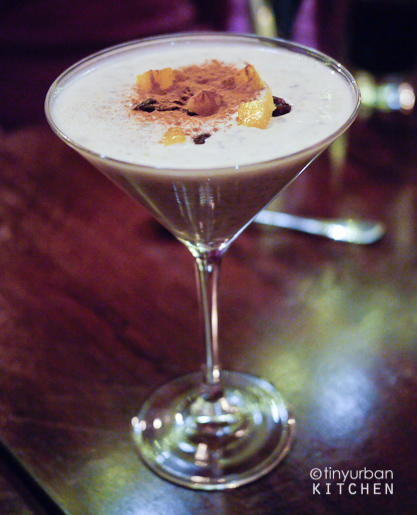
Thiacry 6
Thin pudding made with couscous, tropical fruits (optional) and raisins in a vanilla-cream sauce
Dessert was the Thiacry, which was like a watery rice pudding made with couscous. To be honest, I thought it was quite average, and I much prefer normal rice pudding. But then again, this is most likely a cultural preference.
Impressions
Overall, it was really really fun and interesting to try such a unique cuisine right here in Boston. The word "teranga" actually means "hospitality" in Wolof (one of their main ethnic languages), and the service at Teranga lives up to that meaning. The staff is super friendly and the ambiance is warm and cozy. It can get quite crowded on weekends, so come on a weeknight if possible.
Some say that Senegalese cuisine is one of the best in Africa, largely because of its diverse influence from different cultures. I thought it was fascinating to see how local African ingredients (like cassava) could co-exist peacefully with seemingly really Asian ingredients (like nuoc mam and rice vermicelli!).
It's a neat (and tasty!) lesson in seeing how geography, history, and migration patterns can have such an effect on food.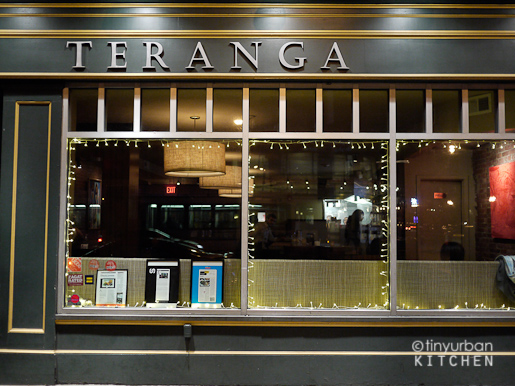
Teranga
1746 Washington St.
Boston, MA 02118
All Rights Reserved

